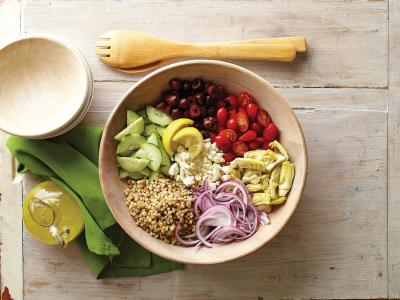Learn to cook with whole grains you’ve never tried before, from our collection of hundreds of recipes. Browse recipes
Learn about whole grains
Our mission
The Whole Grains Council helps consumers find whole grain foods and understand their health benefits; helps manufacturers and restaurants create delicious whole grain foods; and helps the media write accurate, compelling stories about whole grains.
Did you know?
70% of Americans say they’re trying to eat more whole grains, according to IFIC’s 2015 Food & Health Survey.














